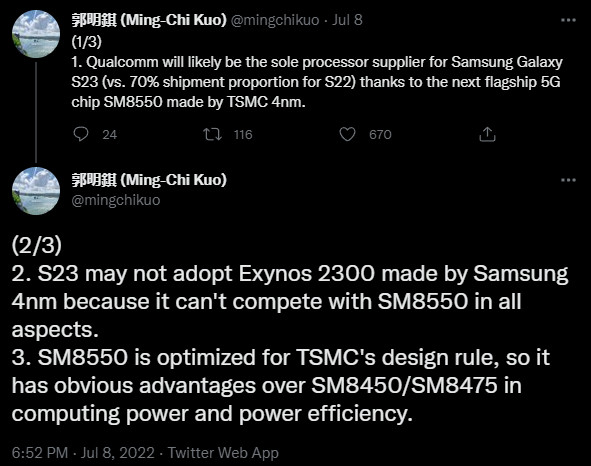Affiliate links on Android Authority may earn us a commission. Learn more.
3 reasons why a Snapdragon-only Galaxy S23 is a great move
Published onJuly 17, 2022
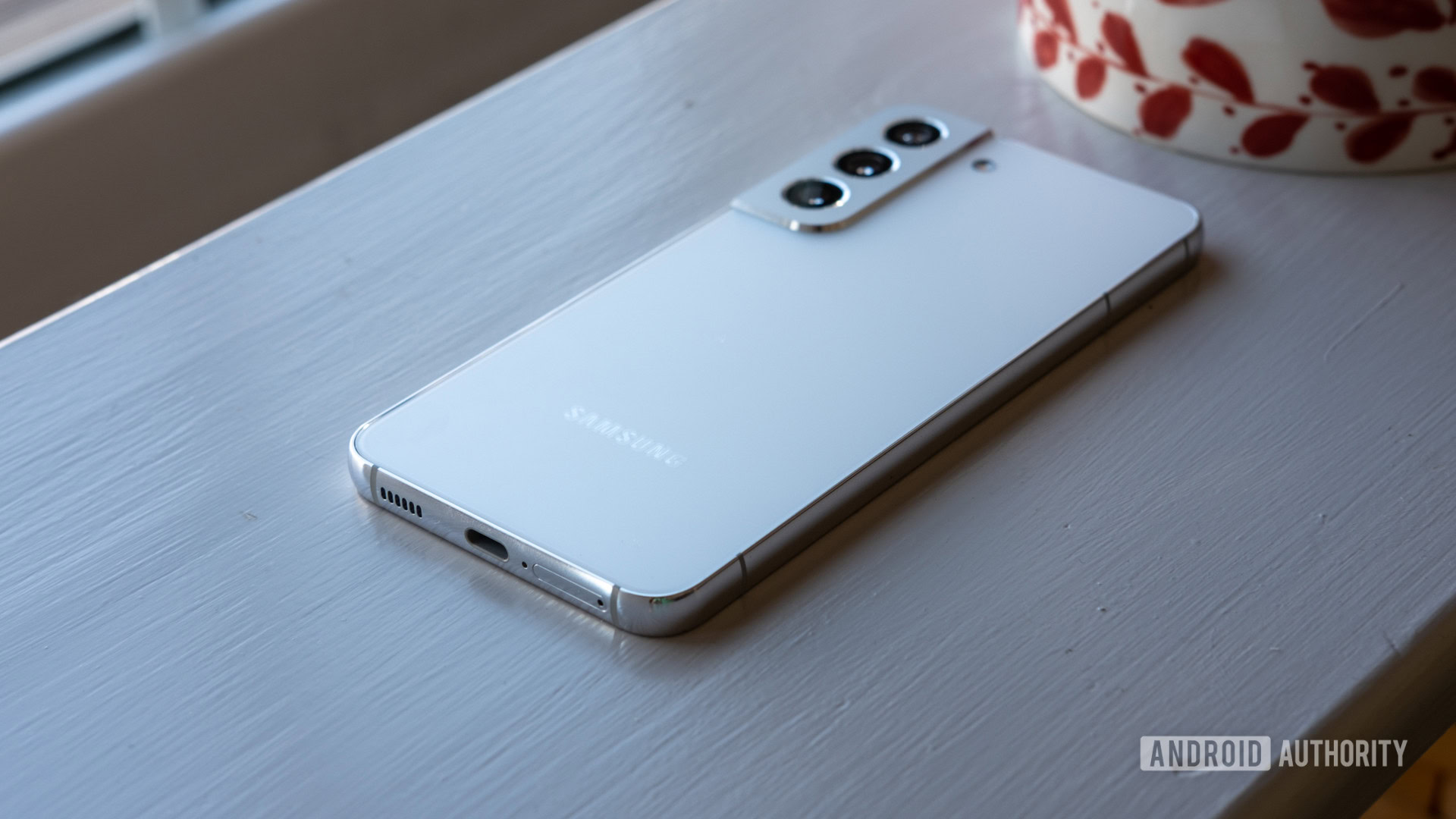
A crazy rumor out of Korea emerged in May, alleging that Samsung would skip high-end Exynos processor launches in 2023 and 2024. It’s quite the claim, as it would mean Samsung’s Galaxy S23 and S24 would exclusively use Qualcomm Snapdragon silicon.
Veteran analyst Ming-Chi Kuo has since partially echoed this claim, asserting that the Galaxy S23 is likely to use Snapdragon power only. That would be a major turn of events for Samsung, which has used a dual-sourcing approach for its Galaxy S flagships for years. But there are several reasons why this could be a good thing.
Reason 1: One Galaxy flagship to rule them all
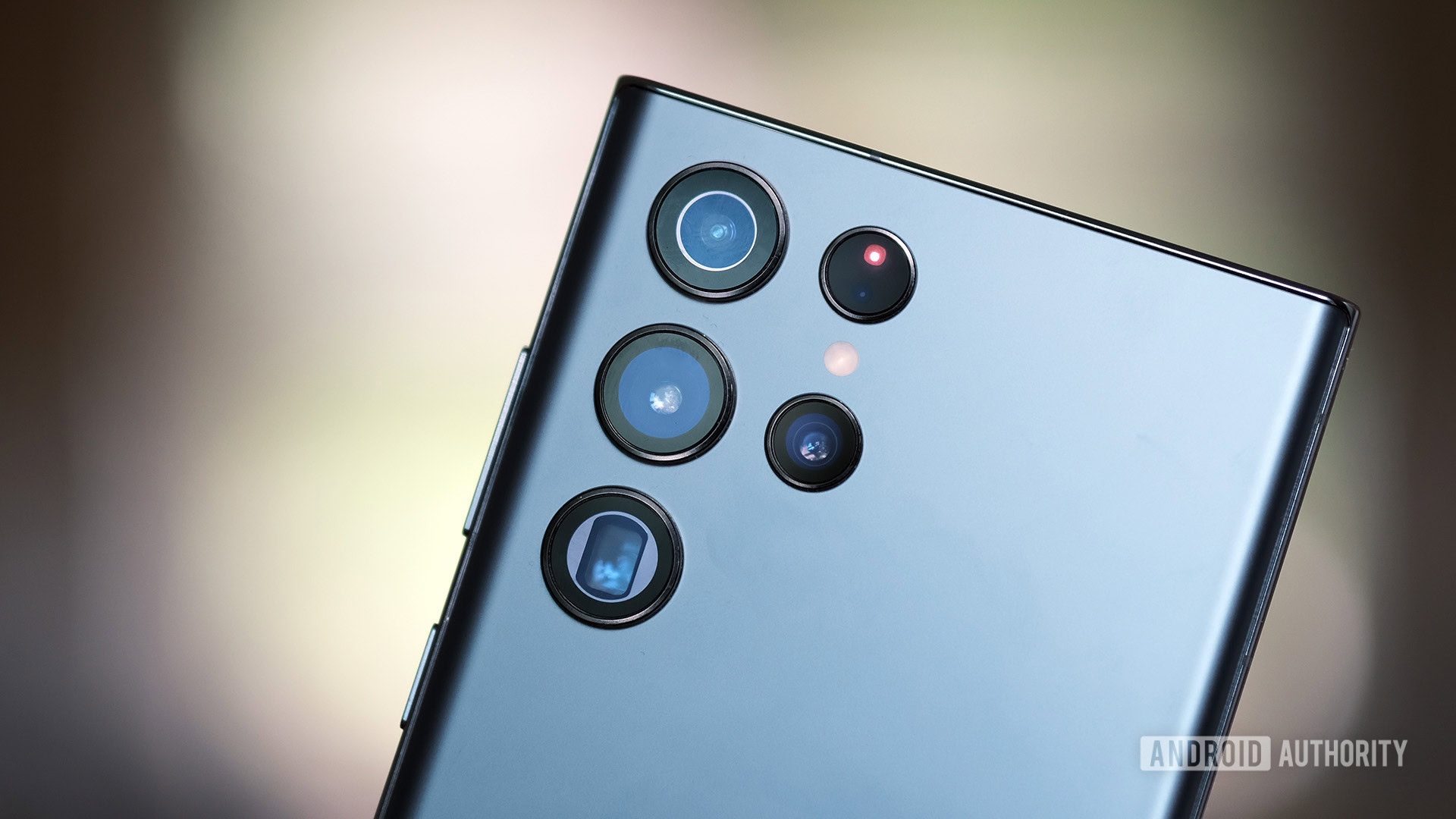
Perhaps the most important argument in favor of a Snapdragon-only Galaxy S23 series is that it would give consumers one version, regardless of where they bought the device.
Users in Europe, the Middle East, India, and Africa have traditionally received the Exynos variant — although only Europe got an Exynos Galaxy S22 this year. This has been a major downer in years when the Exynos chipset was inferior, meaning that consumers in these regions were getting a less powerful phone for a similar price, if not higher.
The Exynos-powered Galaxy flagships have typically lagged behind Snapdragon variants in terms of horsepower and developer support.
Even when the Exynos variant was comparable in terms of sheer power, Samsung’s chipsets still lagged behind in other areas, such as gaming support. We saw a clear example of this when Diablo Immortal was released, as the game had severe issues on Exynos models, ostensibly due to a lack of developer support. This isn’t necessarily Samsung’s fault, but Qualcomm silicon is usually a priority for many developers. Issues like these are rare and quickly fixed if they occur on a Snapdragon chip.
We’ve also seen minor differences between Exynos and Snapdragon versions when it comes to photo and video quality. DXOMark reports that the Exynos Galaxy S22 Ultra was edged out by the Snapdragon variant in most scenarios, bar video quality and low-light telephoto image quality.
So switching solely to Snapdragon silicon for the Galaxy S23 series should mean users in traditional Exynos regions would finally be getting the same phone for their money. And there doesn’t seem like a better time to make this decision than now.
Reason 2: This could be a one-sided war in 2023

There’s reason to suspect that a Qualcomm and Exynos showdown in 2023 would result in a massive defeat for Samsung’s silicon.
The Snapdragon 8 Gen 1 and Exynos 2200 used in this year’s S22 series are both manufactured by Samsung, but our own testing showed that Qualcomm pulls ahead of the Exynos 2200 for GPU performance. The results are closer when looking at sustained performance, though.
Related: Samsung Galaxy S22 benchmarked — Snapdragon 8 Gen 1 versus Exynos 2200
However, Qualcomm is switching back to Taiwan’s TSMC to manufacture the latest Snapdragon 8 Plus Gen 1 — the mid-year refresh of the standard Snapdragon 8 Gen 1. If Qualcomm’s claims are to be believed, this could be its most impressive mid-cycle upgrade yet with 30% efficiency gains over the standard 8 Gen 1 and a ~10% boost to CPU and GPU clock speed. The efficiency claim is particularly impressive since the company doesn’t usually emphasize it with mid-year chips. These gains are mostly borne out in the real world, too, as the ROG Phone 6 Pro delivered better benchmark results than Snapdragon 8 Gen 1 phones most of the time.
All of this suggests that TSMC offers superior manufacturing capabilities compared to Samsung’s foundry. Furthermore, various rumors indicate that Qualcomm is sticking with TSMC for the Snapdragon 8 Gen 2 chipset, which would put it ahead for another year.
Analyst Ming-Chi Kuo echoed similar sentiments a few days ago, claiming that Samsung might not adopt the Exynos 2300 for the Galaxy S23 because it can’t compete with the next-generation Snapdragon SoC. He asserted that the Exynos chipset would be made on a Samsung 4nm process while the Snapdragon chip would be made on TSMC’s 4nm process.
But could this simply be a case of Qualcomm making a better chipset, rather than a demonstration of one foundry’s manufacturing supremacy over another? Well, we do have one more piece of evidence.
The Galaxy S20 series is widely acknowledged to have been a low point for the Exynos line, as the Snapdragon 865 handily beat the Exynos 990 in benchmarks (particularly GPU tests). Curiously — or not — the Qualcomm chipset was manufactured by TSMC back then, while the Exynos 990 was made by Samsung.
This isn’t necessarily a smoking gun, but it sounds like Samsung’s Exynos line might be in for a similarly huge drubbing if we got both Exynos and Snapdragon Galaxy S23 phones next year.
Reason 3: No more worrying about feature parity
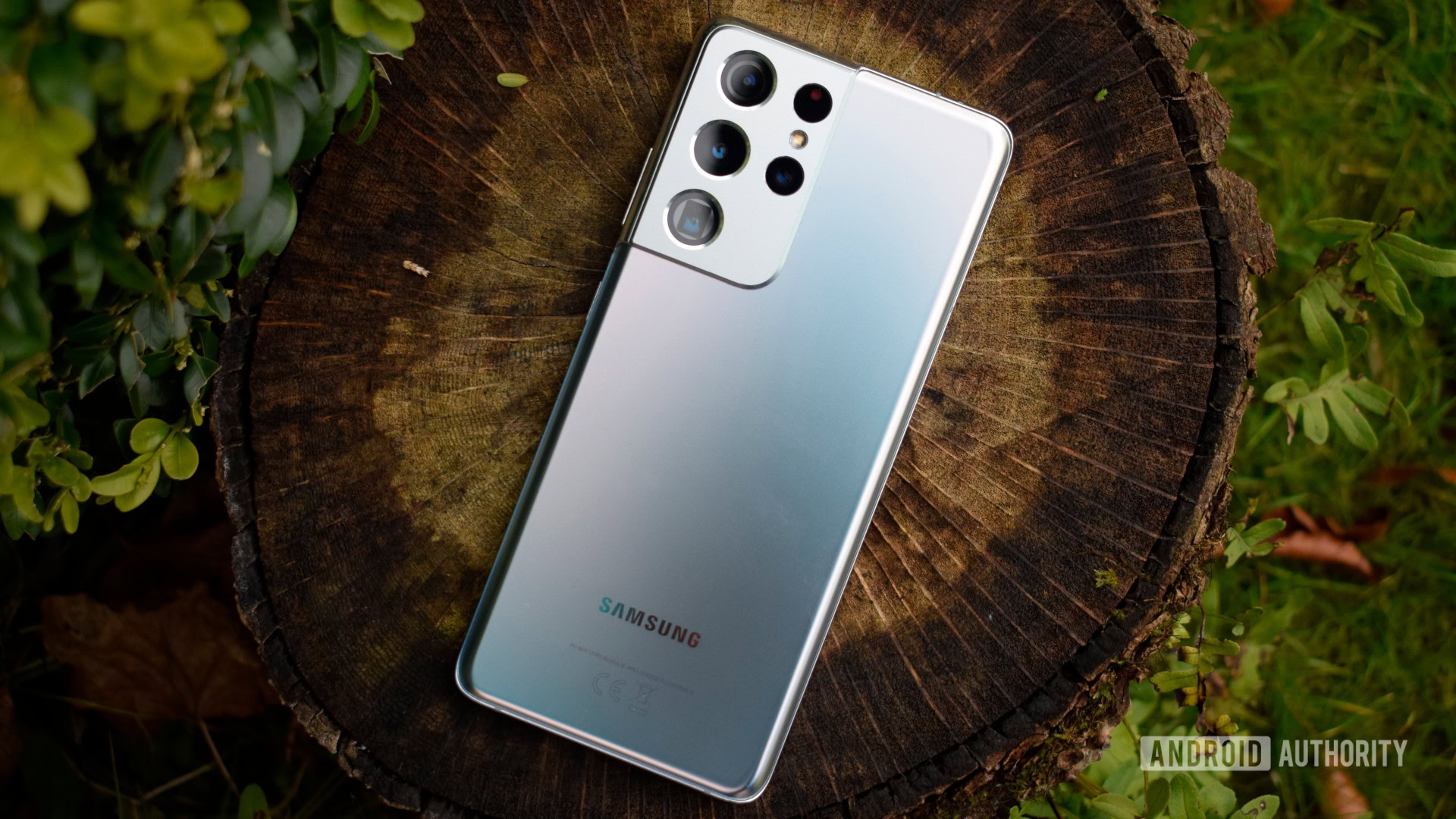
By going for a Snapdragon-only Galaxy S23 line-up, Samsung wouldn’t need to worry about feature parity. We’ve seen it happen several times over the years when Samsung has to ditch a cool feature offered on one variant because the other variant doesn’t support the same capability.
One prominent example was the Galaxy S8 series officially missing out on 4K/60fps recording because the Snapdragon 835 lacked it. Similarly, the Galaxy S10 series missed out on 8K recording even though the Exynos 990 supported it, as the Snapdragon 865 didn’t offer it. The Galaxy S22 series also seems to miss 8K HDR functionality because the Exynos 2200 doesn’t support it.
Samsung wouldn’t need to worry about feature parity if there was only one version to begin with. And this also opens the door for the Galaxy maker to take full advantage of Snapdragon capabilities, such as 8K HDR recording.
Why skipping Exynos could be cause for concern
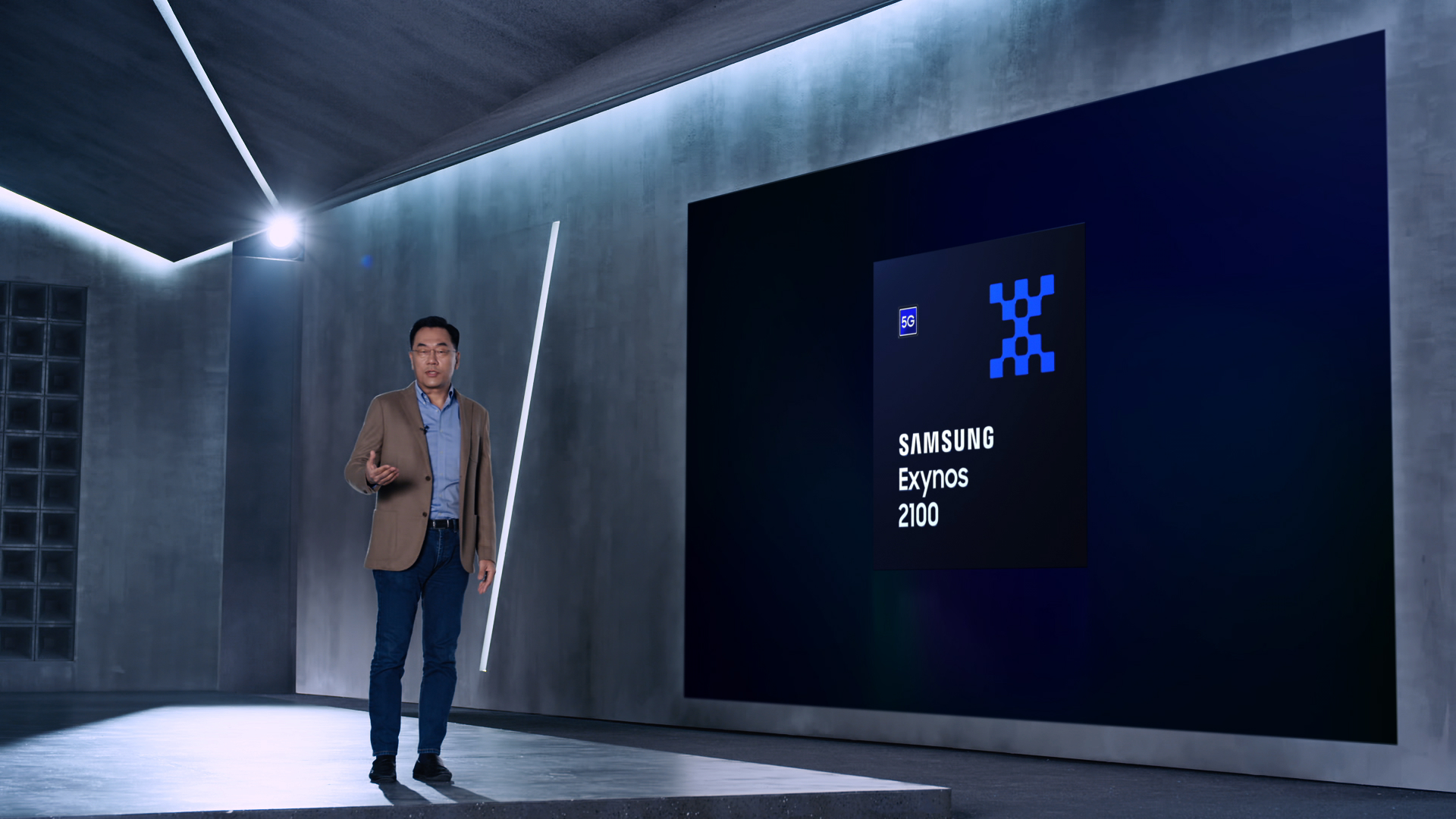
Despite the many potential upsides to a Snapdragon-only Galaxy S23 series, there are still a few potential downsides to such a move.
Perhaps the most pressing concern is the ongoing global chip shortage. It seems like the worst might be over for now, but the decision to go with one chipset means that Samsung won’t have any flexibility if Qualcomm or TSMC run into production issues. Worst-case scenario? Samsung might not be able to bring the Galaxy S23 series to some markets or these regions could receive limited stock.
Another potential concern for a Snapdragon-only future is that Samsung might see price pressure from Qualcomm. The Snapdragon maker could theoretically charge top dollar for these chips, putting pressure on Samsung to maintain its profit margins by increasing the cost of the Galaxy S23 range.
More Samsung coverage: Here’s why Exynos versus Snapdragon is a big deal
There’s also the possibility that the Snapdragon 8 Gen 2 turns out to be a major disappointment, leaving fans with no alternative model if they still want to stick with the Galaxy S23 range. Then again, smartphone makers tend to get their hands on chips way ahead of time, giving them some wiggle room to switch to an alternative processor if need be. A clear precedent for this was the Galaxy S6 range: Rumors circulated prior to launch that Samsung had dropped the Snapdragon 810 for the Exynos 7420 due to overheating issues with the Snapdragon silicon.
A Snapdragon-only Galaxy S23 series could also stop Samsung from implementing some advanced hardware features if the Snapdragon chip doesn’t support it. We already talked about Exynos chips occasionally supporting some video quality options before the equivalent Snapdragon SoC offered them. But we’ve also seen Exynos silicon support features like AV1 decoding and hardware-based ray tracing before Snapdragon processors. Fortunately, it seems like the former is a lock for the Snapdragon 8 Gen 2.
The benefits likely outweigh the downsides
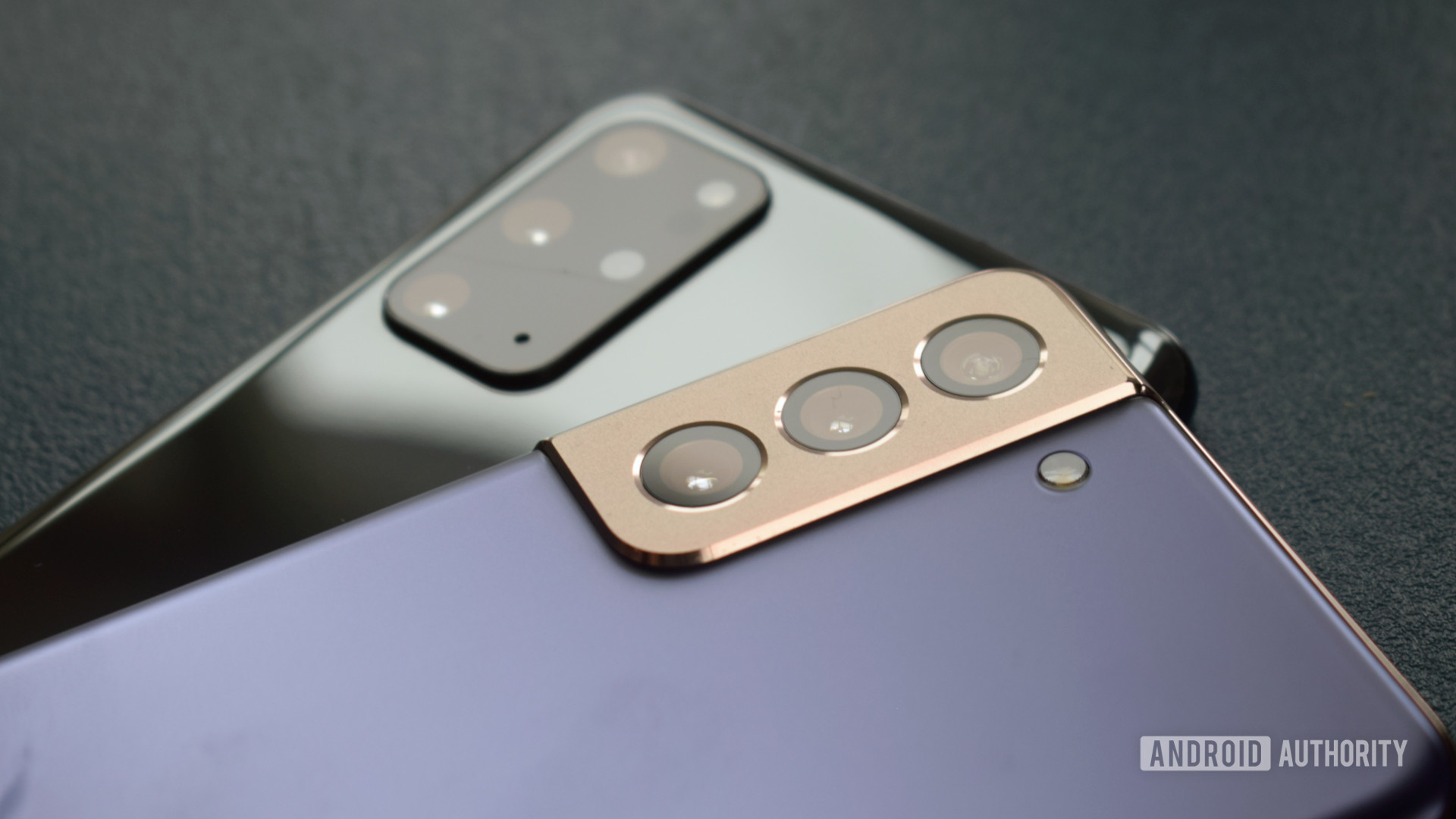
Despite these concerns regarding a Snapdragon-only Galaxy S23 range, there are clearly numerous potential upsides to the situation.
For one, consumers in Europe could finally get a phone with the same performance as models in other regions. This would also mean the same support for gaming and camera quality across all variants, as well as the same feature-set without artificially holding one variant back.
Either way, it certainly seems like 2023 could be a very interesting year for fans of Samsung smartphones. But here’s hoping that the rumors are true and Samsung is indeed working on something almighty for 2025.
